The America that my parents and grandparents knew has changed. How many kids were told about “The American Dream” when they were younger? Children across America have been told that as long as they work hard enough, then they will be able to become the next Scrooge McDuck, because that is what America is all about: dreams that are right within your reach. However, circumstances have been changing.
According to the Economic Policy Institute, from 1973 to 2013 work productivity, the amount of goods and services produced per hour, rose 74.4% while worker’s pay rose only 9.2%. Despite how hard people are working, they are not seeing the pay benefits.
The cost of tuition has also increased exponentially in the past few decades. According to CollegeBoard, in 1971, men’s cost of college tuition was only 20.4% of their median income. In 2016, men’s college cost is 51.8% of their median income.
For women, it is much worse. In 1971, college cost was 58.6% of women’s median income. In 2016, college costs for women rose to 80.9% of their median income. An increase in tuition also comes with an increase in the amount of student loans that young people have to take out, which has turned into a $1.5 trillion problem
These are lots of numbers, I know. However, the main takeaway should be that the cost of going to college is increasing and the amount of money that average people are making is not increasing with it.
So what is the solution to all of this? Is it stop being a lazy millennial and work harder? Is it to stop buying avocado toast and selfie sticks? Even though I find selfie sticks and avocado toast to be extremely annoying, there are more comprehensive answers to these pulverizing issues.
The rising prices of college tuition is because of the basic concept of supply and demand. In today’s job market, more and more jobs are requiring a college degree, which requires more people to attend college. As a result, to pay for the influx of people coming into college, colleges raise tuition to pay for things like housing, staff, and giant bookstores.
The jobs that people could work without a degree are not getting taken, because these jobs do not provide enough to make a basic living. With rising costs of housing and healthcare, a minimum wage salary does not help people get by.
However, if these jobs were able to provide affordable living, then less people would have to attend college. This would result in the lowering of tuition for schools if less people went to college. This doesn’t mean that these people have to give up their dream major so they can spend the rest of their life working in a factory: it means that people have the opportunity to work and live comfortably for a few years before deciding to plunge themselves into the “student loan debt haven,” also known as a four-year-college.
These jobs that people used to be able to get without a college degree are slowly disappearing due to global trade policies. To stay competitive in the global market, companies outsource their jobs to China and other countries with poorer labor conditions, so that they are able to make more of a profit for themselves. Incentivizing companies to want to keep their plants and factories in America would prevent jobs from leaving the American economy.
One of the key aspects in the stagnation of worker’s wages in America is the weakness of collective bargaining. Collective bargaining is when there is a negotiation of wages between the employers and a group of employees about workers’ compensation and rights for workers. American policies of the past few decades have focused less on worker’s say and more on how much dough a CEO can stuff in his pockets. In order to see any kind of lessening in the inequality between workers and corporations, there should be a restoration in workers’ rights to bargain collectively, strike, and use what is in their power to improve their working conditions.
The best way forward would be for an economy and a government whose policies for the majority of the working people in it. Instead of a government that works for a select few, we should have a government that is incentivized to put the average American ahead of anyone or anything else. This should not even be a radical statement in any kind of country, but it seems as of lately it is.
























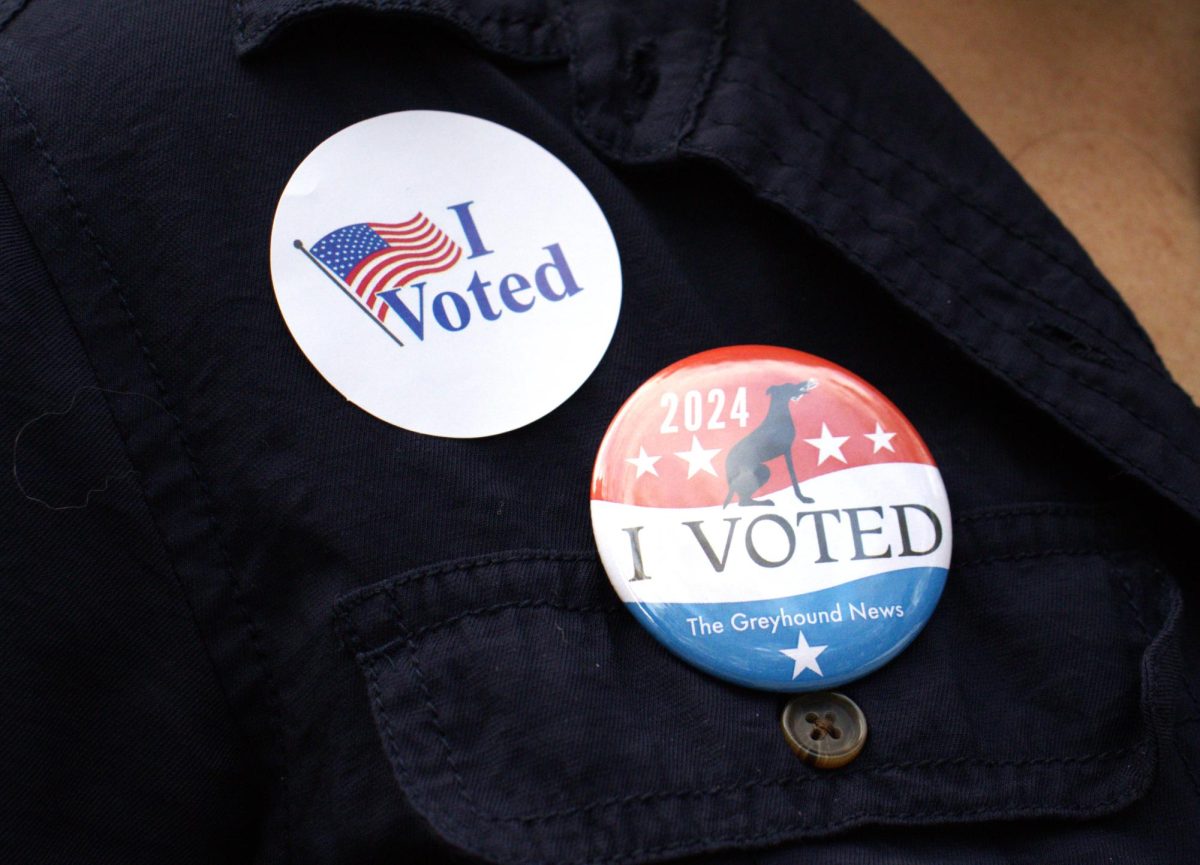





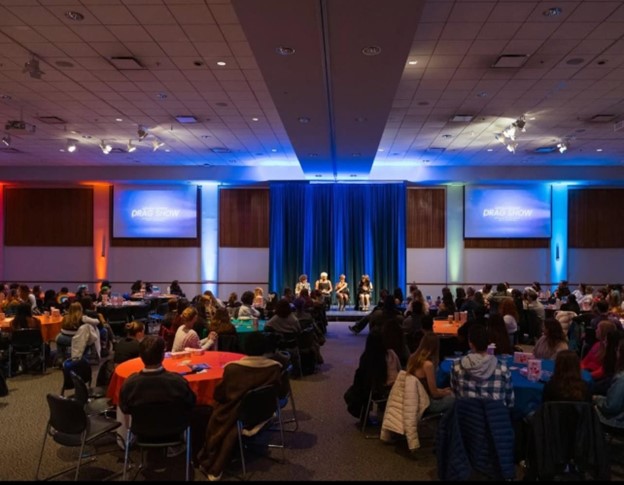











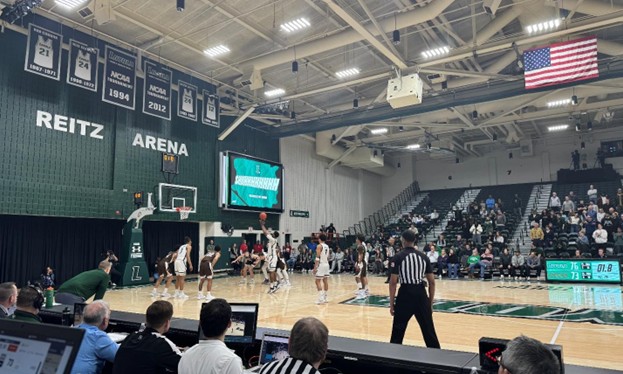
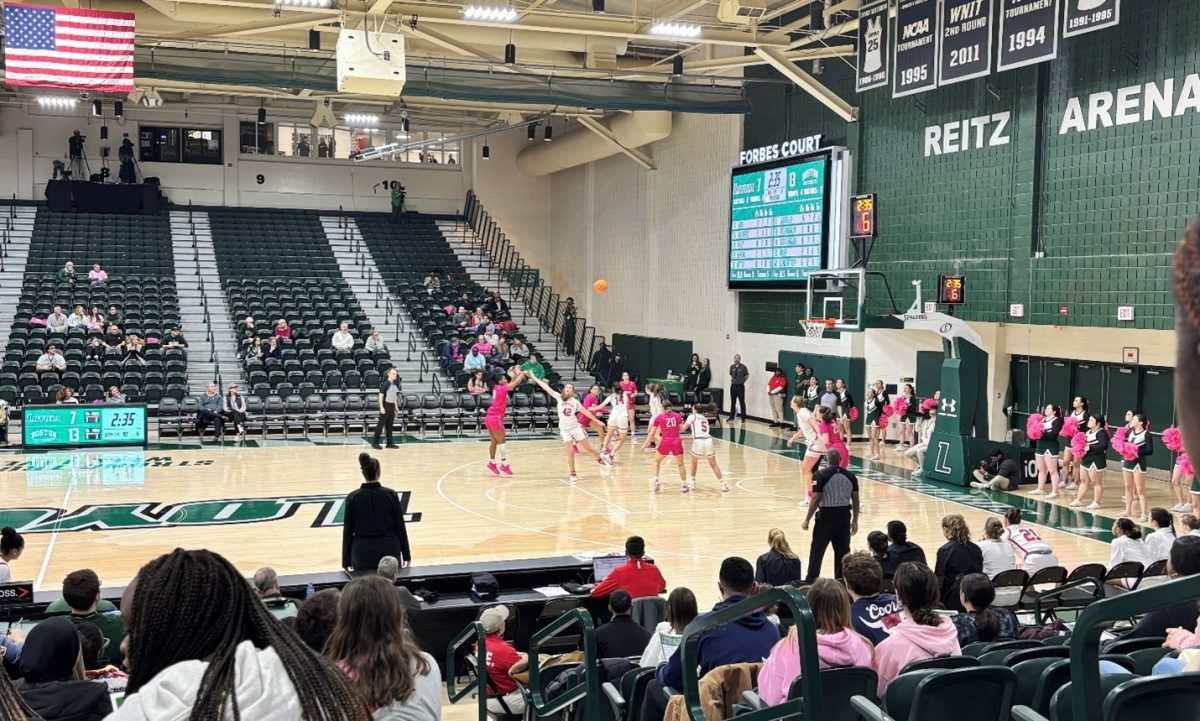

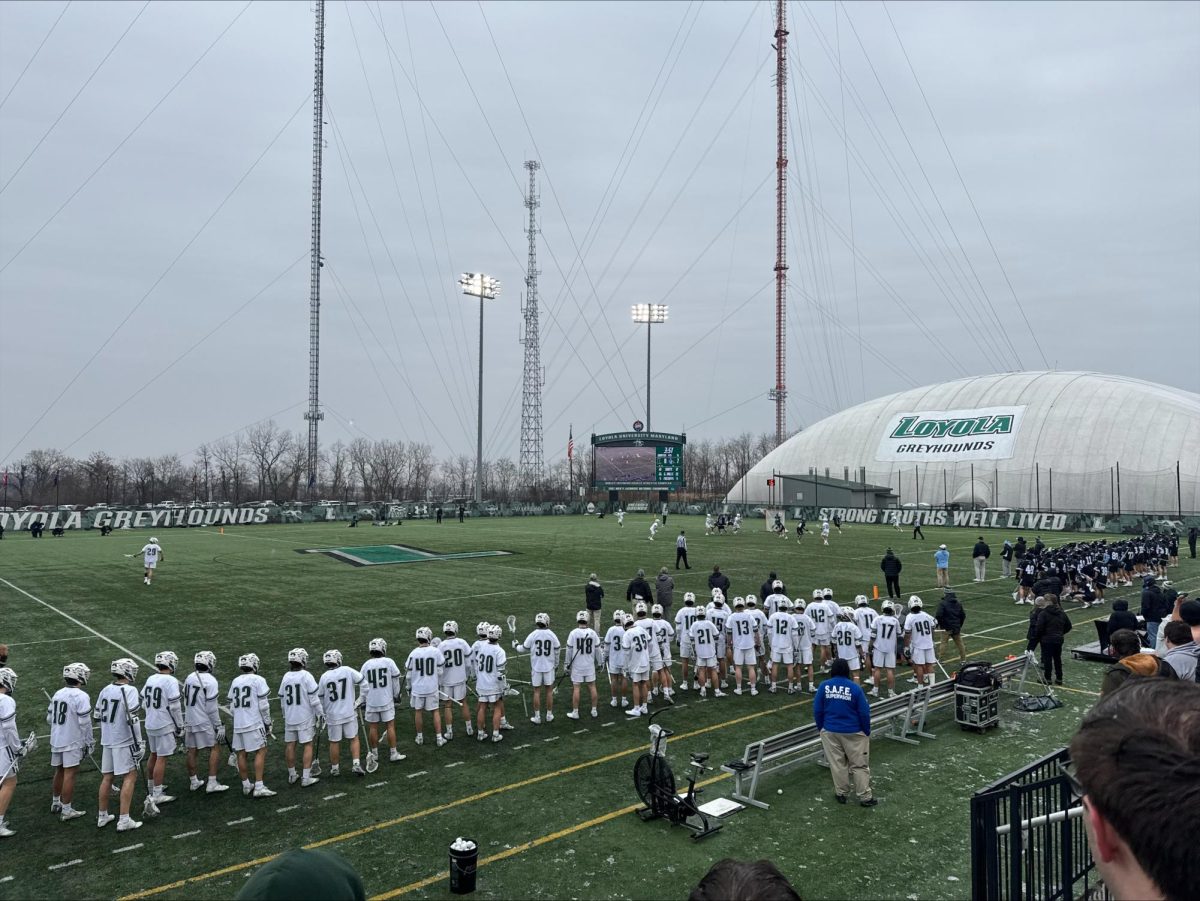
































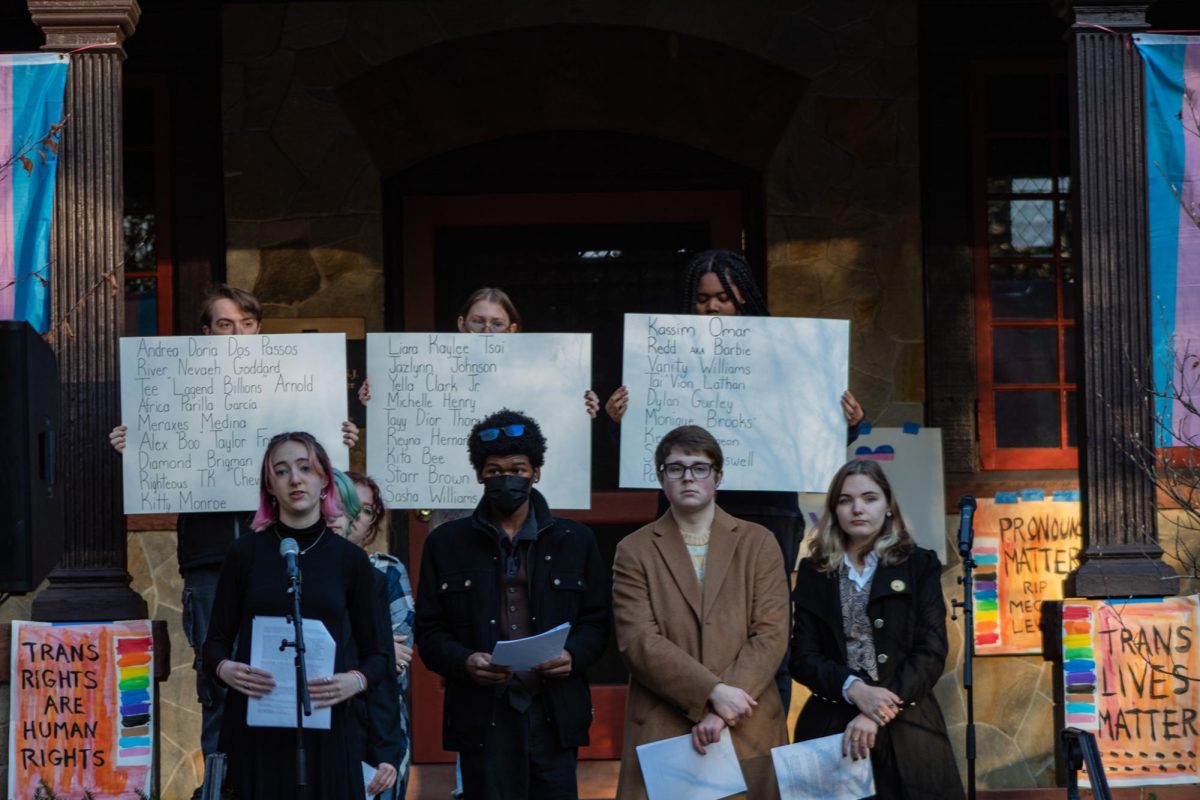

























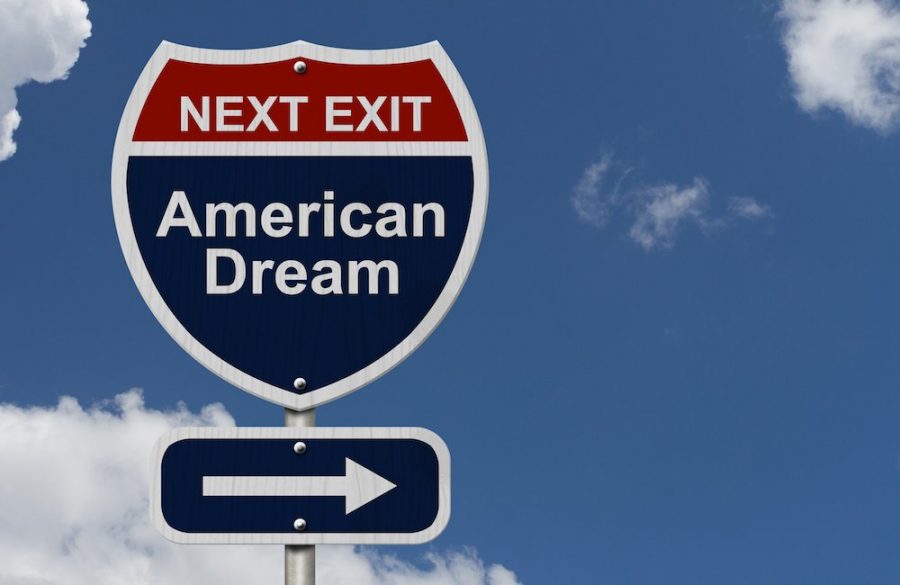
Anonymous • Jan 22, 2019 at 8:42 pm
1
Anonymous • Jan 22, 2019 at 12:48 pm
4.5